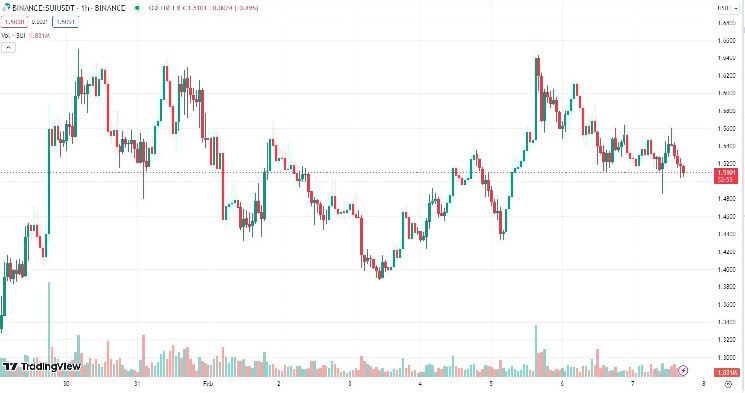Challenger blockchains Sui, Sei and Ronin are having a moment.
Their native cryptocurrencies have tripled in price over the past three months, outperforming all other layer-1 assets in the top-100 by market cap.
Market leaders bitcoin (BTC), ether (ETH) and binance coin (BNB) meanwhile gained about 30% in that time. Solana (SOL) and avalanche (AVAX) nearly doubled.
SUI, SEI and RON are far smaller cryptocurrencies with less liquid markets (all three combined are not even one-third of AVAX’s market cap), so increased volatility is to be expected.
Still, the data suggests those networks have garnered increased usage over the past few months, at least in the case of Sui and Ronin.
The market has gravitated towards newbie layer-1s
Sui is a delegated proof-of-stake network built by former Facebook/Meta engineers, pitched as a high-performance blockchain that can execute transactions in parallel in hopes of faster throughput.
Sui’s total value locked (TVL) has exploded from $90 million to $560 million in three months.
Read more: Sui, Bittensor, Celestia top small pack with rising bitcoin price ratios
SUI’s rally explains only a small part of that surge — there were 73 million SUI staked in its DeFi protocols at the end of October, now there’s more than 320 million.
Peer-to-peer lending platform Scallop, liquidity protocol Navi and decentralized exchange Cetus make up most of the network’s TVL right now.
All while some more established blockchains — BNB Chain, Avalanche and Polygon PoS — have seen their TVL shrink, even as crypto broadly staged powerful comebacks over the past year.
BNB Chain’s total BNB locked has trended downward since 2021
Ronin, on the other hand, is the EVM blockchain for gaming communities, built by Axie Infinite creator Sky Mavis.
It’s perhaps most well-known due to the unfortunate hacking of its token bridge in 2022, when more than $650 million in crypto locked in its token bridge was stolen by North Korea-linked attackers.
There were around 21,000 daily active users on Ronin three months ago. Now, that figure is up to 615,000 — led by Web3 decentralized identity service CARV and games Pixel and Apeiron.
The daily active users metric is notoriously squirrely in crypto. It represents the number of unique addresses which make at least one transaction per day, and can be gamed with bots and other sybil tricks.
It’s unclear if active user metrics have been artificially boosted for any of the networks mentioned in this piece, but best to read into them with a grain of salt.
Bitcoin and Ethereum’s daily active addresses has mostly stayed flat over the past five years
Sei, much like the similarly-named Sui, is a network pushing parallelized processing. San Francisco-based Sei Labs pitches it as the fastest layer-1 for trading, specifically tailored for decentralized exchanges and the like.
Uptake appears to be slow so far, with only $14.5 million SEI locked in its DeFi platforms right now.
And while that number has more than tripled in the past three months, most of that was due to SEI’s price appreciation — 450% in three months. The actual number of SEI tokens locked has dropped by more than a third since November.
On-chain volume on Sui has also dropped below $1 million per day, according to DeFiLlama, down from a $3.7 million peak in January.

